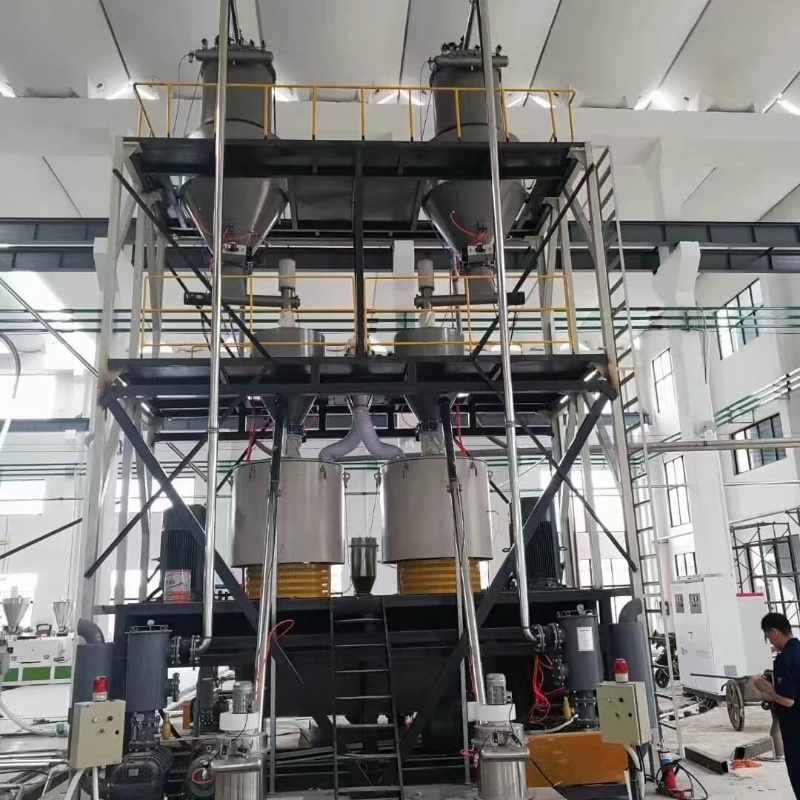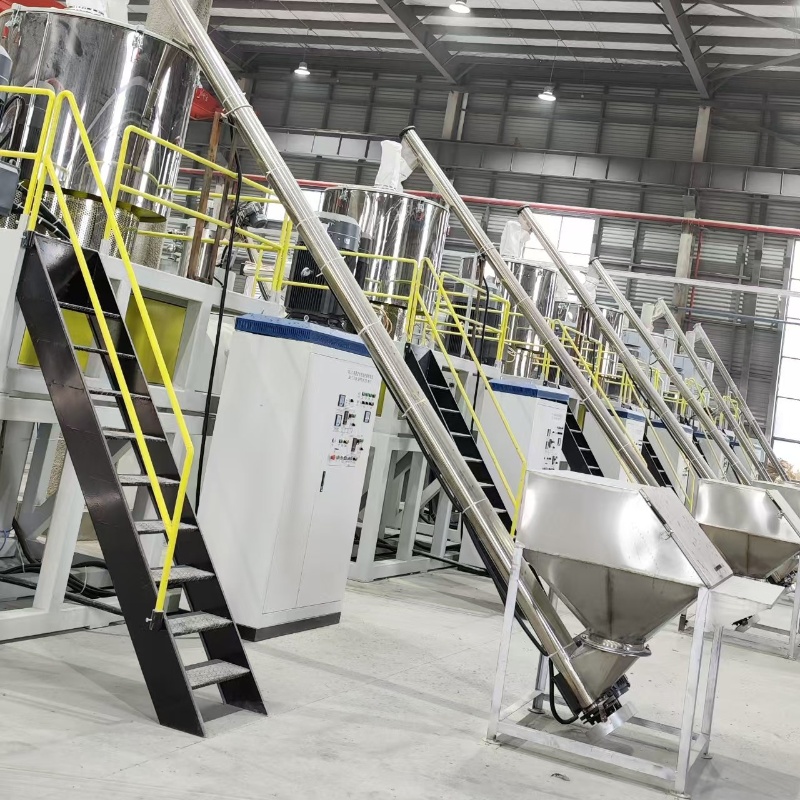In the industrial production process, the mixer is a key equipment, and its core task is to achieve uniform mixing of different materials. This link is not only related to the final quality of the product, but also directly affects production efficiency and cost control. This article will explore in depth how the mixer can efficiently achieve uniform mixing of materials, including selecting the appropriate model, optimizing mixing parameters, adopting advanced mixing technology, and continuous improvement and innovation.
1. Select the appropriate mixer model
There are various types of mixers. It is crucial to select the most suitable mixer model according to the properties of the materials (such as particle size, density, fluidity, viscosity, etc.) and mixing requirements (such as uniformity, mixing time, etc.). For example, for highly viscous or high-density materials, it may be necessary to select a mixer with special mixing blades or paddles, such as a strong mixer or an inclined mixer. These models can be optimized for specific material characteristics to improve mixing efficiency and quality.
2. Optimize mixing parameters
The speed, mixing time, filling rate and other parameters of the mixer have a direct impact on the mixing effect. Too high a speed may cause material splashing or excessive shearing, affecting the mixing uniformity; while too low a speed may not be able to achieve full mixing. Therefore, it is crucial to determine the best combination of mixing parameters through experiments or simulations. This not only ensures mixing efficiency and mixing quality, but also reduces energy consumption and production costs.
3. Use advanced mixing technology
The introduction of mixing technology that integrates multiple mixing mechanisms such as convection mixing, shear mixing, and diffusion mixing can significantly improve the uniformity and efficiency of mixing. For example, the strong mixer adopts the countercurrent mixing principle, and achieves efficient mixing of materials through the joint action of high-speed rotors, mixing discs and multi-functional scrapers. At the same time, the use of intelligent control systems to monitor various parameters in the mixing process in real time and automatically adjust them as needed can ensure the stability and repeatability of the mixing process.
4. Continuous improvement and innovation
With the continuous advancement of technology and the continuous changes in the market, mixers also need to be continuously improved and innovated. This includes optimizing the structural design of the mixer, improving the performance of the stirring device, introducing new mixing technologies and equipment, etc. At the same time, employees are encouraged to put forward improvement suggestions and innovative ideas, and through teamwork and continuous improvement, the mixing process and process are continuously optimized to improve mixing efficiency and mixing quality.
In summary, the efficient and uniform mixing of materials by the mixer requires comprehensive consideration of multiple aspects. By selecting appropriate mixing models, optimizing mixing parameters, adopting advanced mixing technologies, and continuously improving and innovating, the mixing efficiency and quality can be significantly improved, providing strong support for the company’s production efficiency and cost control.




